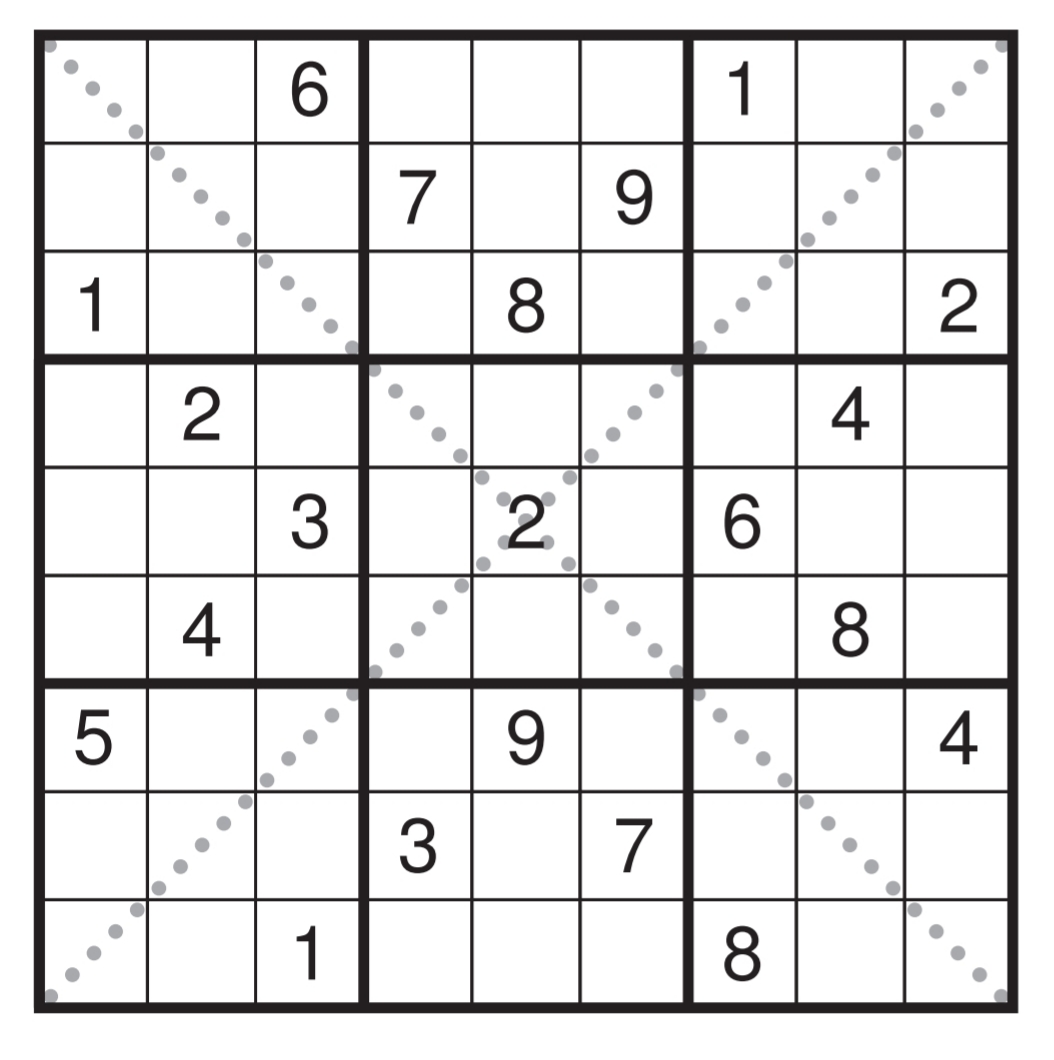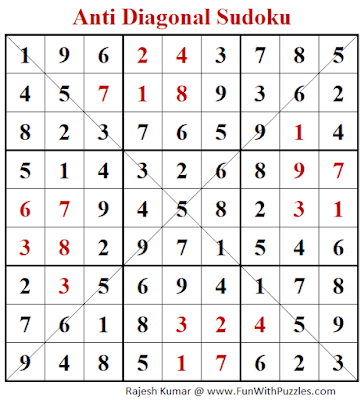


Similar results are known for variants and smaller grids. There is a solvable puzzle with at most 21 clues for every solved grid, with the largest minimal puzzle found so far has 40 clues in the 81 cells. An ordinary puzzle with a unique solution must have at least 17 clues.

There are 26 possible types of symmetry, but they can only be found in about 0.005% of all filled grids. įor classical Sudoku, the number of filled grids is 6,670,903,752,021,072,936,960 ( 6.671 ×10 21), which reduces to 5,472,730,538 essentially different solutions under the validity preserving transformations. Initial analysis was largely focused on enumerating solutions, with results first appearing in 2004. The analysis of Sudoku is generally divided between analyzing the properties of unsolved puzzles (such as the minimum possible number of given clues) and analyzing the properties of solved puzzles. Mathematics can be used to study Sudoku puzzles to answer questions such as "How many filled Sudoku grids are there?", "What is the minimal number of clues in a valid puzzle?" and "In what ways can Sudoku grids be symmetric?" through the use of combinatorics and group theory.
#DIAGONAL SUDOKU PUZZLES FREE#
Whatever your Sudoku skill level, from beginner to advanced, you can enjoy a brain-boosting free online sudoku game anytime.A 24-clue automorphic Sudoku with translational symmetry Next, you can eliminate those numbers as possibilities from all other cells in the three rows or columns. To use this method, look for three rows or columns that each contain three cells with the same three possible numbers. Think of it like overlapping rectangles without the intersecting lines. Just like the x-wing method, the swordfish is used to eliminate a candidate from specific cells, but instead of using two rows or columns like the x-wing, the swordfish uses three rows or columns. Then, if you find an XY-Wing, you can eliminate the shared possible numbers from all other cells in the same row, column, or 3x3 box. To use this technique: look for three cells, A, B, and C, where A and B share two possible numbers, B and C share two possible numbers, and A and C share one possible number. For this method to work, parallel pairs of sides on the rectangle must have the candidate in exactly two spots. For example, it's used when you can spot a rectangle formed by a single candidate in your notations. This method is used to eliminate potential candidates for a specific cell. The two techniques shared below will be of interest to players who are ready to start tackling more difficult puzzles. So, while it may be tempting to guess which number goes where, you should use the process of elimination instead. However, there's a catch you can't repeat any number in a row, column, or square. The goal is to fill every row, column, and square on the grid with the numbers 1 through 9. Sudoku is a number puzzle game where you need to rely on your logic and process of elimination to succeed. Instead, use logic to eliminate possibilities and find the correct numbers.
#DIAGONAL SUDOKU PUZZLES TRIAL#
Therefore, for the best results in solving your puzzle, you should avoid guessing or using trial and error.

The most important thing to remember is that Sudoku is a logic puzzle. For example, if you know that a number can only be in one row, column, or 3x3 box, you can eliminate that number as a possibility from all the other cells in that row, column, or 3x3 box.


 0 kommentar(er)
0 kommentar(er)
